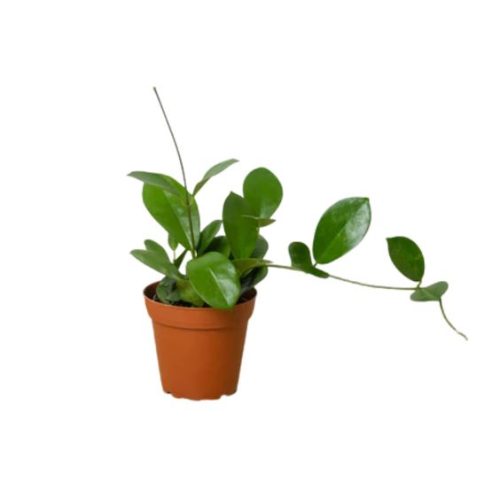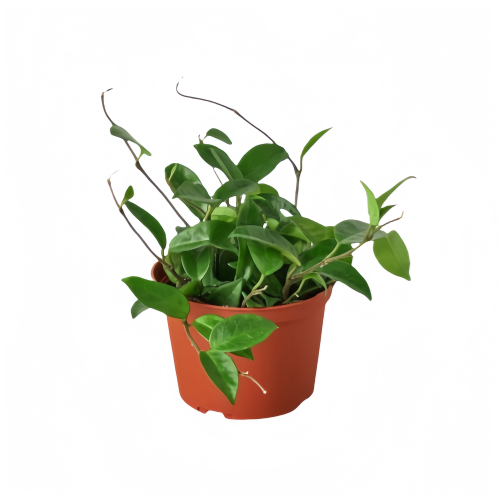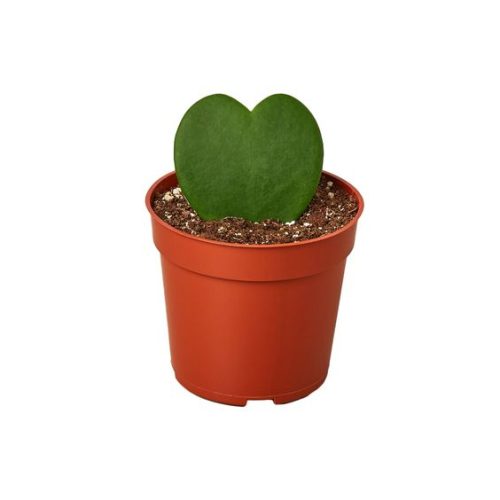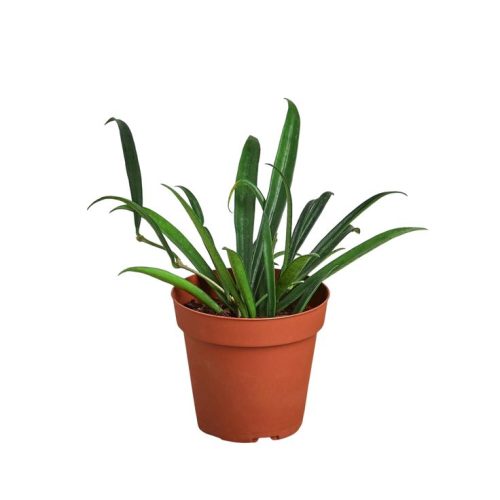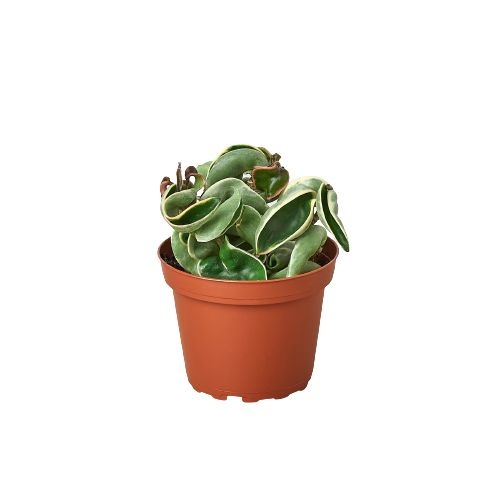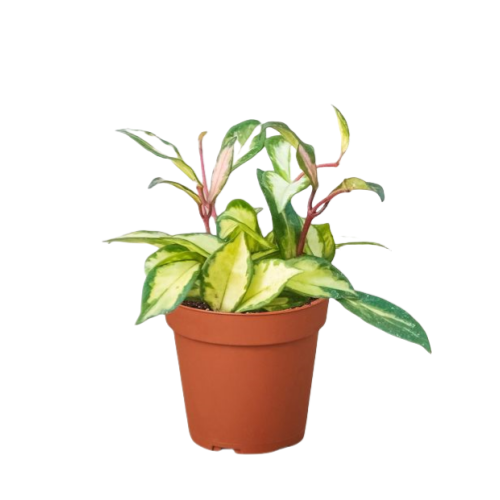Croton mayi
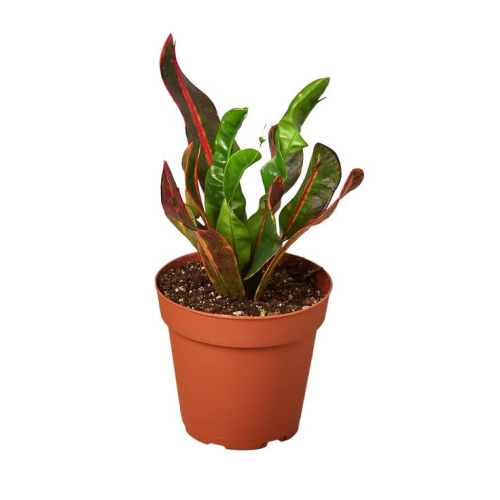
- Botanical Name:
- Family Name:
- Zimayambira:
- Kutentha:
- Others:
Kulemeletsa
Mafotokozedwe Akatundu
Croton mayi: Mbuye wa Trostte Palette
The Tropical Tango: A Guide to the Croton Mammy’s Charm and Care
Wokondedwa wokondweretsa
Croton Mammy, scientifically known as Codiaeum variegatum ‘Mammy’, is an indoor plant famous for its colorful and variegated leaves. It hails from the tropical regions of Malaysia, Indonesia, Australia, and the western islands of the Pacific, where it can grow into a shrub up to 9 feet tall, becoming a vibrant part of the tropical rainforest landscape.
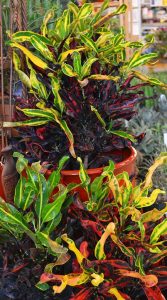
Croton mayi
Kukula: wojambula wa chitsamba
Croton mayi Amadziwika ndi chizolowezi chandiweyani, chitsamba cha chitsamba, kufikira kutalika kwa masentimita 2-3 mukakhwima. Masamba ake ndi kutalika komanso ngati malawi ala, akupanga zopindika pang'ono komanso ma curl ma curl pamene akukula, kupanga m'mphepete lomwe limapanga tsamba lililonse.
Zofunikira: Zovina za dzuwa
Croton Mammy requires plenty of bright, indirect sunlight to maintain the vibrant colors of its leaves. It dislikes direct sunlight and is not suited to complete shade, so it’s best to place the plant near a south or west-facing window, slightly away from the window to prevent direct sunlight from hitting the leaves, or use sheer curtains or light shades as a buffer.
Madzi ndi Kutentha: Woyang'anira chinyezi
Croton Mammy prefers consistently moist but not soggy soil and thrives in indoor temperatures between 60-80°F, with a preference for high humidity levels of 40-80%. Always check the soil before watering to ensure it’s not over- or under-watered. Avoid placing the plant directly on a windowsill where direct light is too strong, and also avoid north-facing windows which do not provide enough sunlight. Croton Mammy does not tolerate extreme temperature changes and requires careful care to maintain its health and beauty.
Wokonda kwambiri wa croton mayi: symphony ya mawonekedwe ndi mtundu
Fomu Yakukulu
Croton mayi amadziwika bwino chifukwa chazomwe anali mwapadera morphologication. Ndi mbewu yokomerana ndi masamba owoneka bwino, omwe amawonetsa kuti amawonetsa kukula kobiriwira, komwe kumakhala ndi nduna zachikasu, zofiira, kapena lalanje. Zosiyanasiyana izi sizongowonjezera chidwi cholemba chomera komanso chomera komanso chimakhala chosonyeza kuti ali ndi thanzi labwino. Masamba a croton mayi nthawi zambiri amakhala achikopa, osalala, komanso owoneka bwino, kuwapangitsa kukhala owoneka bwino kwambiri mwaulemu. Masamba ndi kukula kwa masamba amatha kukhala osiyanasiyana, koma nthawi zambiri amakhala owala ndi wavy kapena mbali yokhotakhota, ndikuwonjezera kukongola kwachilengedwe.
Kusewera kwa kuwala ndi kutentha

Croton mayi
Kuwala ndi chimodzi mwazinthu zazikulu zomwe zimakhudza tsamba la croton mayi. Kuwala kosakwanira kokwanira kumatha kulimbikitsa kaphatikizidwe ka mapangidwe a masamba, makamaka caromenoids ndi anthocanuns, omwe amapatsa masamba ake achikasu, lalanje, ndi ofiira. Ngati kuwala sikokwanira, masamba amatha kutaya mitundu yawo yolimbitsa thupi ndikukhala osakhazikika. Kutentha kumakhudzanso tsamba la croton mayi Amayimy, ndi kutentha kochepa komwe kukhudza kapangidwe ka mapangidwe, kuwonetsa mitundu yambiri yokhazikika. Kutentha kwambiri kumasintha, kaya ozizira kwambiri kapena ozizira kwambiri, amatha kuvulaza mbewu, akukhudza mtundu wake ndi thanzi lake.
Ufulu wamadzi ndi michere
Kuchuluka kwa madzi ndikofunikira kuti mukhalebe ndi thanzi komanso mtundu wa croton mayi. Kuwala kapena chilala kumatha kubweretsa kusintha kwa masamba, nthawi zambiri kumapangitsa masamba kuti atembenuke chikasu kapena kupanga mawanga. Kusunga dothi lonyowa koma osati madzi ndi fungulo kuti mukhalebe ndi mtundu wake. Mkhalidwe wazakudya umakhudzanso mtundu wake wamasamba. Kuperewera kwa michere ina, monga nayitrogeni, phosphorous, ndi potaziyamu, amatha kubweretsa kusintha kwa masamba. Kukhazikika kwa umuna pafupipafupi, kuwonetsetsa kuti mbewuyo imalandila zakudya zabwino, zitha kuthandiza kusunga mitundu yake.
Kuchuluka kwa dothi
The acidity or alkalinity of the soil also affects the synthesis of pigments in Croton Mammy’s leaves. Although this plant has a strong adaptability to soil pH, the best growth and color performance are usually achieved in slightly acidic to neutral soil. With careful care and management, this plant can display its most enchanting colors and forms, becoming a dynamic living entity influenced by a variety of factors.





